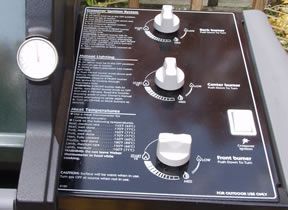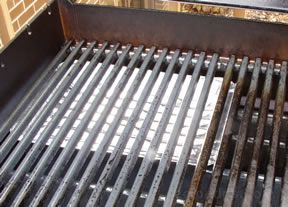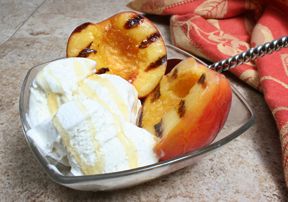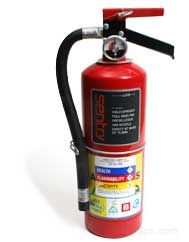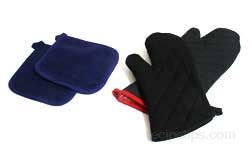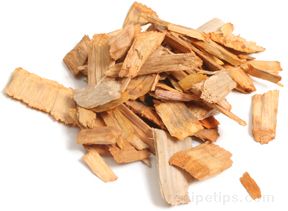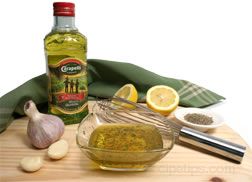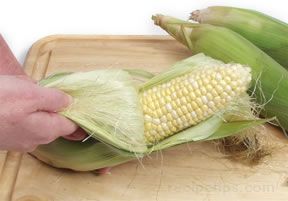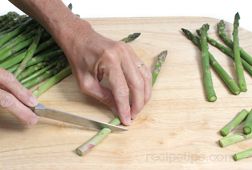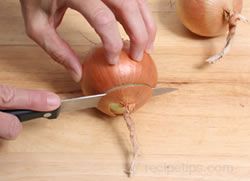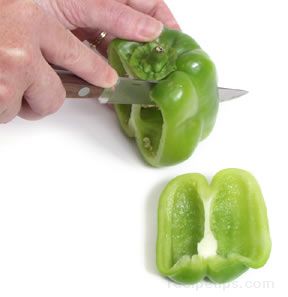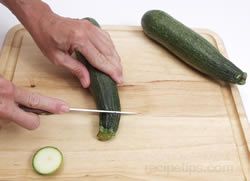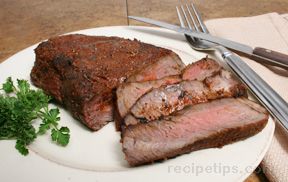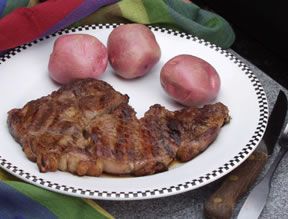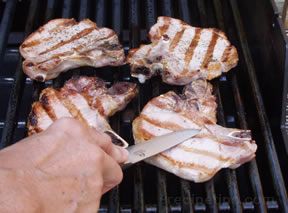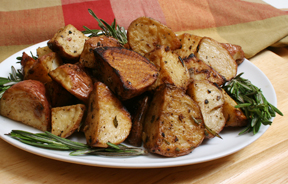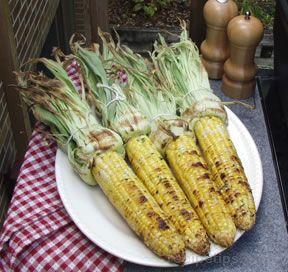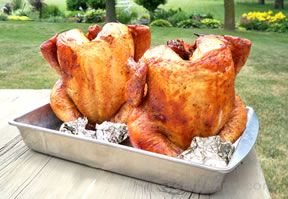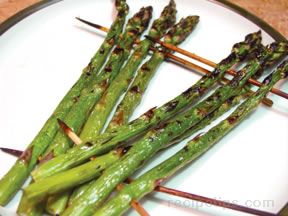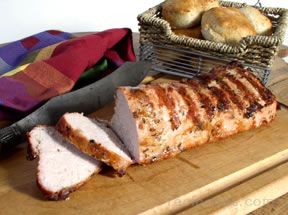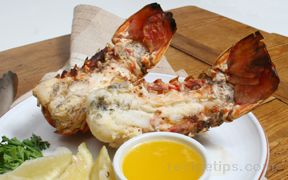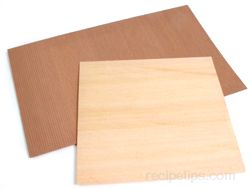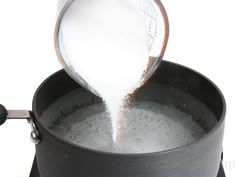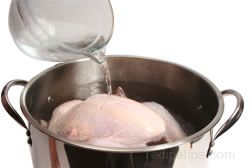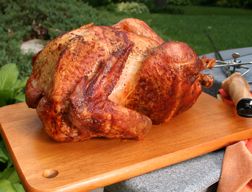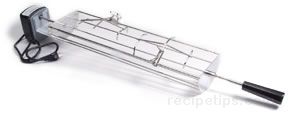|
| |||||||||||||||||||||||||||||||||||||||||
|
Several types of grilling units can be used to cook turkey. Some grills are designed for outdoor use while others are used indoors.
|
Grilling
Direct Heat Grilling
| Cooking with direct heat is accomplished by placing turkey pieces on a grate directly over the heat source. For outdoor grilling, the grate can be positioned over an open fire or wood burning grilling unit, a charcoal grill, or a gas grill. It is best to grill only thin turkey slices or turkey pieces over direct heat because the exterior of thicker cuts will burn before the interior portion is fully cooked. (Thicker turkey cuts and whole turkeys should be cooked using indirect heat.) |
| Direct Heat Grilling on Charcoal Grills | |
| When turkey is cooked with direct heat on a charcoal grill, the lit coals are usually spread in an even layer on the bottom of the grill. This provides a consistently hot, even temperature under the entire cooking surface. |  |
| The cooking temperature typically reaches 450ºF to 650ºF when grilling over direct heat. Thin cuts of meat are grilled quickly over such high temperatures and should be turned only once to cook both sides. Thinly sliced turkey breast cutlets and ground turkey burgers are perfect choices for direct heat grilling. | 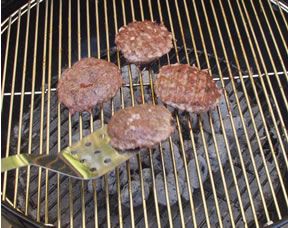 |
| Direct Heat Grilling on Gas Grills | |
| When grilling turkey with direct heat on a gas grill, all of the burners are lit to provide a hot, uniform temperature under the entire cooking surface (grate). The meat is cooked quickly over burners set on medium to high heat. Thin cuts of turkey are usually turned only once during the cooking process and are cooked with the hood down. When grilling turkey pieces or cutlets, use tongs or a spatula to turn the meat. A fork should not be used because it pierces the meat allowing juices to escape. Ground turkey patties should be turned with a spatula. | 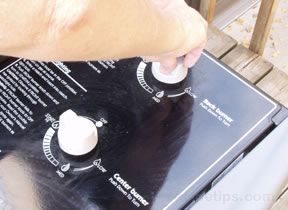 |
Indirect Heat Grilling
|
The purpose of indirect heat cooking on a grill is to allow whole turkeys or thick pieces of turkey to cook thoroughly while preventing the surface of the meat from burning. Indirect heat cooking is often done in conjunction with direct heat cooking. Large turkey pieces can be seared over direct heat; then the cooking process is finished using indirect heat to slowly cook the meat to the correct doneness. Removing the skin from the whole turkey or individual pieces before grilling increases the possibility of the meat becoming too dry. The skin provides protection against excess moisture loss, so it is best to leave the skin on during grilling. The skin can be removed before serving. If the skin must be removed before grilling, the surface of the meat can be brushed with some olive oil to help keep it moist. | |
| When selecting a whole turkey for indirect grilling, it is best to choose one that is not too large. A 16-pound turkey is the largest size that is safe to grill. The grilling process does not raise the internal temperature of larger turkeys quickly enough to destroy harmful bacteria within a safe time period. A smaller turkey is also easier to handle when moving and turning it on the grilling surface. Allow 15 to 20 minutes cooking time per pound when using a covered grill. A meat thermometer should be used to make sure the internal temperature of the turkey reaches the proper degree of doneness. |  |
| Indirect Heat Grilling on Charcoal Grills |
| When grilling with indirect heat on a charcoal grill, the coals can be pushed to one side of the grill and a pan is placed on the opposite side. The pan is used to catch fat as it melts and drips from the meat as it cooks, reducing flare-ups. Turkey meat (pieces or whole) is placed on the section of the grill that is above the drip pan and away from the coals. | 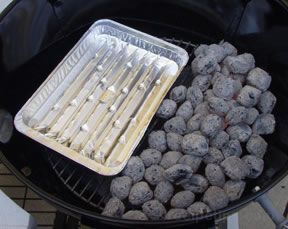 |
| Alternate methods for arranging the coals include pushing half the coals to one side of the grill and the other half to the opposite side with the drip pan placed in between, or the coals can be placed in a ring surrounding the drip pan. The grill is covered and the turkey is cooked to the appropriate doneness. | 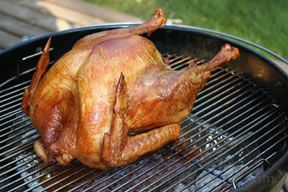 |
| Type of Turkey | Grilling Method |
Grilling Time | Heat Level |
| Turkey ½ Breast 2 lb. |
Indirect | 1-1¼ hours | Medium heat to prevent drying out. Keep grill covered. |
| Turkey Drumstick ½ lb. | Indirect | 1-1½ hours | |
| Turkey, whole (unstuffed) | Indirect | 20-25 minutes per pound | Use medium heat to prevent drying out. Keep grill covered. |
| Turkey Burger ½ inch thick | Direct | 4-6 minutes each side |
For more information on Turkey, see Meat - Turkey.
Turkey Doneness
- A whole turkey should be cooked until the internal temperature of the breast meat reaches 170°F and the deepest portion of the thigh reaches 180°F. White meat cooks faster than dark meat and it will dry out quickly if it is overcooked. It is always a good idea to check the temperature in both the breast and the thigh to ensure that the turkey is done throughout.
- A visual test to determine the proper doneness can be performed by piercing the turkey with a fork. If the turkey is cooked thoroughly, the juices should run clear. Doneness can also be determined by cutting into the thickest part of the turkey to check that the meat is completely opaque. The drumsticks should move up and down easily.
- When cooking turkey pieces such as drumsticks or thighs, a visual inspection of the meat may be enough to determine proper doneness. Turkey pieces are fully cooked when the meat is no longer pink and the juices run clear. Although a meat thermometer may not be necessary to determine the proper doneness when cooking turkey pieces, it is still recommended that it be used.
- The meat near the bones of a turkey (or any poultry) may still look a bit pink even if a meat thermometer indicates that the turkey is fully cooked. This is because younger turkeys have bones that are more porous than older turkeys, which allows red pigment to leach out of the bones to the nearby meat during the cooking process. The turkey is safe to eat as long as the proper internal temperature has been reached and the juices run clear.





